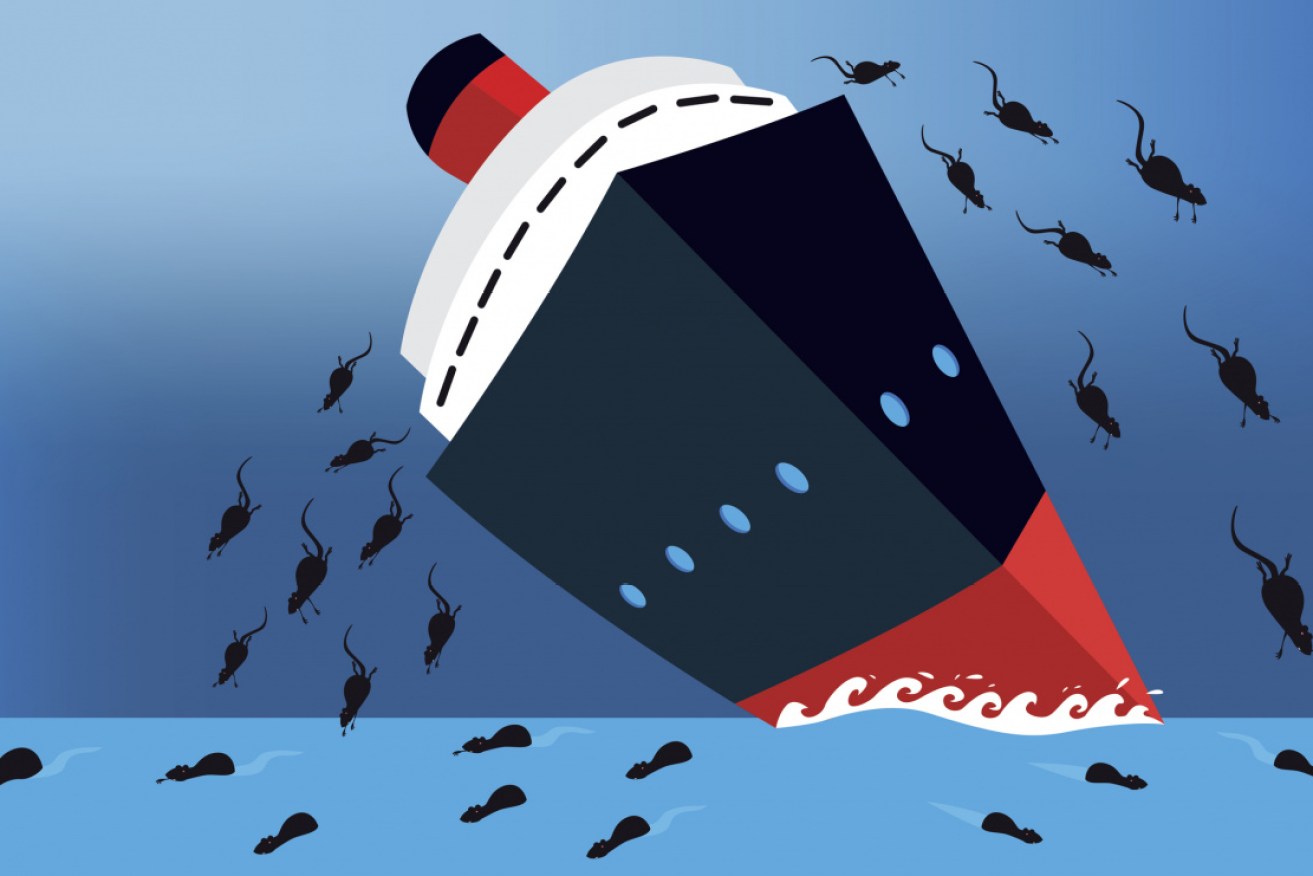SMSF wind-up rates gather speed and fewer are being created


The number of wind-ups is jumping while new establishments of SMSFs fall. Photo: Getty
Self-managed superannuation funds are losing their lustre, with the number of funds being wound up jumping dramatically in 2018.
At the same time, the number of funds being created is also on the decline.
SMSF fund wind-ups jumped from 13,470 in the June 2017 year to 20,430 in the year to June 2018. That is a rise of 52 per cent and is a stark contrast to the results from the previous four years when wind-up numbers were fairly consistent.
On the other side of the equation, establishments declined 17 per cent to 25,457 in the year to June 2018. Over four years, those establishment numbers have declined even more significantly. In June 2014, 33,358 funds were established, a figure 31 per cent higher than the June 2018 result.
Over the five years surveyed, the actual number of SMSFs in operation grew 12 per cent to 584,802. But their numbers are growing far more slowly than 10 years ago.
However, research from consultancy KPMG found that SMSFs have been in relative decline for a decade. They accounted for 35 per cent of funds under management in the super sector in 2009, but this slipped back to 32 per cent in 2018. Over the same period, retail funds shrank from 35 per cent of funds under management to 27 per cent, while industry funds grew from 21 per cent to 27 per cent.
A significant driver for the decreasing popularity of SMSFs appears to be reforms introduced by the Turnbull government from July 2017. They capped the maximum size of a fund in pension mode paying tax-free income to retirees at $1.6 million, forcing wealthy fund owners to switch any excess into taxable accumulation accounts.
As a result, SMSFs were hit with $1.5 billion in new taxes, according to research group Class Super. Class CEO Kevin Bungard said overall the result for 2018 would have been “an increase in the gross tax due on SMSF earnings of nearly 90 per cent from 2017 – a massive impact”.
Brendan Coates, a fellow at the Grattan Institute, said those tax changes had also “made SMSFs less attractive”.
Another driver for the decreasing popularity of SMSFs has been the effects of the declining property market and the increased restrictions on SMSF borrowing. SMSFs can borrow only through limited-recourse borrowing arrangements which isolate the debt to the asset it is borrowed against.
These have blown out from $24 billion in 2012 to $42.05 billion in June 2018, and have concerned regulators and banks, with larger lenders withdrawing from the market.
Stephen Anthony, chief economist for Industry Super Australia, said the soft property market had made SMSF property investment less attractive at the same time that bankers and regulators had restricted it.
“There is a shrinking property market and weak economy along with the royal commission effect which exposed some of the negative behaviour that had been going on in the sector,” Dr Anthony said.
The cost and complexity of running SMSFs appeared to be making some people question their value.
“Maybe people are starting to find their funds are not doing as well and they feel they could do better with APRA-regulated funds,” said Mano Mohankumar, researcher with Chant West.
Dr Anthony said said more people were starting to understand that “SMSFs are not a good idea if you have a significant amount of money”.
“The Productivity Commission found that to perform well, SMSFs need to have $1.5 million in the fund, and those with less than $500,000 are likely to perform significantly below APRA-regulated funds,” he said.
A Productivity Commission report observed: “An estimated 380,000 members are in smaller SMSFs that have been established for more than two years. The members are in 200,000 separate funds, which account for 42 per cent of all SMSFs.”
“…On average they are paying relatively high costs and facing low net returns.”
The New Daily is owned by Industry Super Australia.








